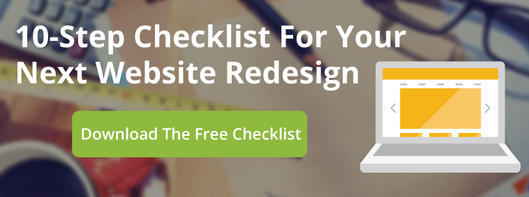What is Ecommerce?
Ecommerce, short for electronic commerce, is defined as activities that relate to the buying and selling of goods and services on the Internet. Think of your website as a digital storefront, which is your first impression with a customer. If an ecommerce website is designed correctly, then with just a few clicks a sales transaction can easily take place. Here are some successful ecommerce web design tips.
Ecommerce Web Design Essentials
The goal of an ecommerce website is to get a visitor to turn into a customer as quickly as possible. A user-friendly experience needs to be the primary focus when designing your site. The design should include easily accessible menus and navigation bars with minimal distractions. The elements below will help to guide a potential buyer to purchase from your website.
Responsive Design is a Must
Make sure that your site is responsive to provide customers with a consistent experience across any device while they shop, on a desktop, tablet or mobile device. Fifty percent of online ecommerce website traffic comes from a mobile smartphone. You want your site to be visually appealing and functional across all platforms.
User-Friendly Navigation
When designing an ecommerce website, keep in mind the importance of easy navigation. The navigation should remain bold and consistent on every page in order to keep your site organized and fool-proof. Make sure that you include a highly visible search bar so that customers can quickly find whatever they are looking for without any confusion.
Clean and Focused Design
A visually appealing website will instantly attract a consumer, so keep pages clean and focused. Make sure that all of your images are high-quality and visually appealing. Leave negative or white space on each page to help highlight the products without any distractions. When designing an ecommerce website, be sure to avoid cluttering category and subcategory pages with unnecessary elements.
Simple Copy
Since your website is a first impression for many customers, you want them to easily understand what your company is about and the types of products or services that you provide. Make sure that your copy is simple, creative and to the point.
Important Ecommerce Website Features
Product Pages
All product pages should include photos, prices, descriptions and reviews. Provide unique, informative and clear product descriptions to help with SEO and keeping people on your site longer.
Photos, Prices and Descriptions
Make sure that all images are high-resolution, professional and visually appealing as they should help to convey the value of each product. All prices should be visible next to each product so that there are no unexpected costs when the potential customer finally gets to the checkout process. There should also be an “add to cart” button next to each product to help speed up the buying process. Provide unique, informative and clear product descriptions to help with SEO and keeping people on your site longer. Explain why the visitor may find this product appealing and answer questions that could possibly be asked.
Customer Reviews
Visitors will find past-customer reviews and feedback helpful when it comes to making a purchasing decision. It is one of the most persuasive ways to demonstrate the value of your products. If you would prefer to control the type of reviews that are listed on your website, then consider having a customer testimonial page instead.
Filtering
There should be an option for product filtering, with categories related to the types of products or services that you offer, such as item type, size and color. This helps the user to instantly find what he or she is searching for instead of going through pages of items.
Suggested Pages
Consider adding suggested pages and related products to make users think about other options that they may possibly be interested in to purchase as well.
Call-To-Action
This is your big chance to turn a visitor into a customer. Depending on what your company sells, you must have a call-to-action or “add to cart” button next to every product. Keep these four design elements in mind to help improve response rate: size, shape, color and position.
Seamless Check-Out Process
You finally have a potential customer about to make a purchase, but if the check-out process is complicated and difficult to navigate, you will instantly lose that sale. According to Business Insider, approximately $4 trillion worth of merchandise will be abandoned in online shopping carts this year, and about 63 percent of that is potentially recoverable by savvy online retailers. This should be a painless experience for the user, so make this page simple without any distractions.


